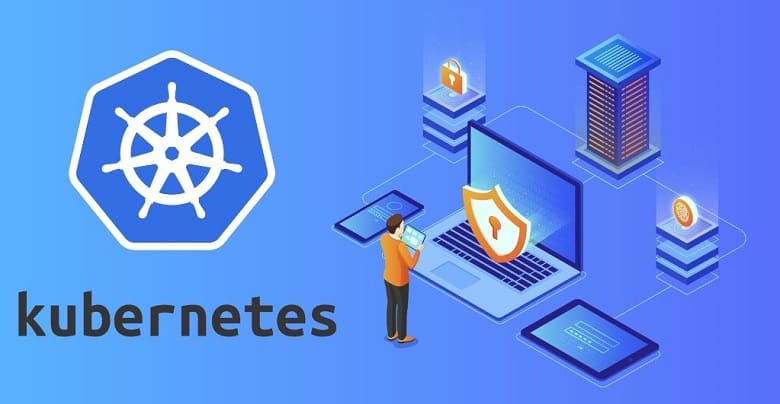Understanding the Fundamentals of Kubernetes Security

An Overview
Modern day developers are using configured containers orchestration tools like the Kubernetes security to design their application. Hence this Kubernetes security system is setting a trend in recent times. It is pronounced as, “koo-ber-net-ees”, and the purpose of such container tools is to schedule and organize multiple applications across a high fleet of hosts. Without such orchestration tools, it would have been a tedious task for the application developers to run any containerized application for the purpose of production. Manually doing these tasks like managing and deploying the containers using the command line is not feasible without these tools, like Kubernetes security. Let us find out the Kubernetes security system in detail.
What is Kubernetes Security?
Kubernetes is a robust open-source security system, that aids in managing, scaling, and deployment of containerized applications spread across multiple hosts. The onus of this security system lies in providing an ecosystem for components to run the various applications in the private and public cloud with ease. The term, “Kubernetes has its origin from a Greek word meaning ‘pilot of a ship’.
How Kubernetes is Impacting the Cloud Native Landscape and Security?
Kubernetes is impacting the Cloud Native Landscape and Security with the help of a leading cloud native security platform called the Twistlock which ensures the following:
- By integrating with the CI process, Twistlock prevents vulnerabilities at all levels starting from development to production.
- It enforces compliances to create security alerts.
- It protects the running applications with layers 3 and 7 cloud native access control features and firewalls.
Kubernetes security risks and challenges
There are certain potential risks and challenges that Kubernetes security cannot handle. Some of those risks and challenges are discussed hereunder in detail.
Intra Pod Communications
Sometimes if a single pod or workload is attacked, it gets spread to other neighboring pods as well. Therefore, at the time of configuring the Kubernetes security, this should be checked if it can mitigate the required security risks. All network communications should be locked down as a measure to reduce the risks.
Host security
Kubernetes host security lies on the users and the tool does nothing to secure the host servers. Other tools like the SELinux (Security enhanced LINUX) should be used to secure and harden the Kubernetes cluster host servers and monitor them to detect any security issues.
Container runtime
The Container runtime is yet another special application that aids in executing a container application. This is a serious drawback of the Kubernetes security systems that it can do nothing to mitigate the intrusions occurring on the runtime application or even cannot harden it to protect it against attack. Third-party tools should be installed to protect the runtime from malicious intrusions. Therefore, no matter which runtime is used with Kubernetes security, this tool will hardly do anything to detect intrusions that might affect the runtime.
Images
The Kubernetes security system does not have a feature like the container images scanner that can detect any malicious code inside an image. Therefore, the application is just as secure as to the extent of the images that are used to run any container; the Kubernetes does nothing extra to scan the images to detect any sign of vulnerabilities whatsoever.
Dormant access control features
In spite of the Kubernetes having many access controls features, not all the access control features are active by default. Even there may not be proper security configurations in the Kubernetes security system when it comes to “least privilege” policies. When using the Kubernetes, it is very important to follow the “Least Privilege” policies, which is something that stops the attackers to penetrate deep into the more sensitive data of your system. If by any chance, the attackers get control of your system, they cannot actually destroy the most sensitive part of your system. In fact, they will have to penetrate more layers to actually get hold of the most sensitive data of your system. Therefore, the users should check with all the security configurations whether it will serve their purposes or not, before proceeding with the Kubernetes security system.
Conclusion
Therefore, the scope of Kubernetes security should not be confused, as such that, though it can deploy complex containerized applications, it fails to manage the most critical aspects of security issues. Though the orchestration tool is inundated with some security features that help to secure some of the containerized apps, in the long run it needs more updates and improvements.


